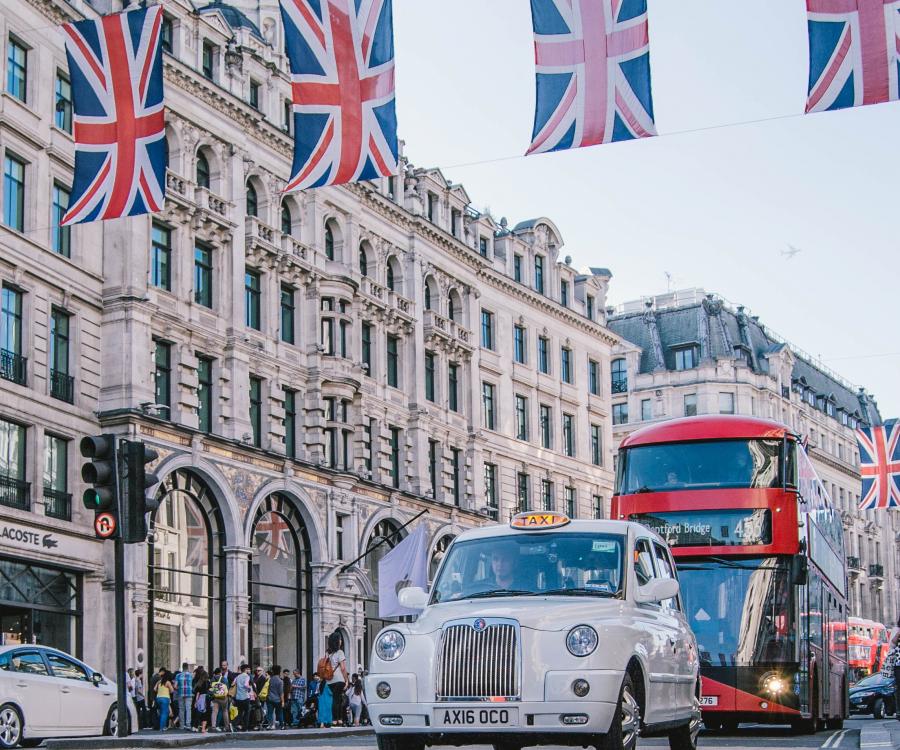
Safety is important. Safety concerns us all – bosses as well as employees. In this iXtenso interview, Dr. Arno Weber, Board Member for Continuing Education and Professional Development at the Federation of German Safety Engineers (VDSI), talks about occupational health and safety in retail and how companies can protect the health of their own employees in the long run.
Dr. Weber, how safe is retail today?
At the moment, we note that the number of accidents continues to decline. In 1995, the 1000-man ratio of the professional association of retail and trade goods distribution (accidents requiring notification of the authorities per 1,000 full workers; note of the editor) was as high as 35,8 reported accidents, but the number dropped to now 24,7 accidents in 2012.Another nice result is that fatal accidents have decreased in retail trade (excluding motor trade) from ten in 2007 to just two in 2011.
This is similar to the acknowledged work-related diseases. The number of suspected cases in the professional association of retail and trade goods distribution dropped down from about 4,900 to 3,800. The subsequent number of confirmed suspected cases also decreased from about 580 to 480 by 2012. One-fifth of these confirmed suspected cases were attributed to retail.
Where do most accidents happen?
I have a very good individual breakdown for this from the year 2008, before the German Professional Association for Retail merged with the German Professional Association for Wholesale and Warehousing (“Großhandels- und Lagerei-Berufsgenossenschaft”). The largest source of danger in retail is floors: accidents from tripping, falling and slipping made up 15 percent. This is followed by accidents with knives at 12 percent. Injuries from bottles and containers represent seven percent and accidents on and by stairs are at five percent. Relatively minor, yet disastrous is the accident number involving ladders. Even though this only accounts for two percent of work accidents, they involve severe injuries and more frequently lead to early retirement.
What is the cause and what can and must you do to counteract this?
Different factors come into play here. Especially with floors, the causes are varied: on the one hand, there are reasons such as trip hazards, wetness or obstacles. On the other hand, there are aspects in daily work operations that promote accidents: the wrong footwear with not enough slip resistance for instance is one risk factor. Unless it serves a specific purpose, it is always recommended to wear shoes with good traction.
Another source of danger is one’s own capacity overload. When an employee carries so many boxes that he/she no longer sees anything, the risk of falls increases enormously. Management personnel in particular should set a good example and alert employees to a safe mode of operation or stipulate safe footwear.
Of course, you can already procure non-slip flooring during the building planning and furnishing process. In addition, the proper cleaning instructions need to be communicated, so the improved floor traction is being maintained long-term. Occupational health and safety specialists are the right contacts when it comes to designing a safe workplace for employees.
There is more and more technology designed to make work easier. What specific characteristics need to be considered in terms of occupational health and safety?
The new technologies already enormously simplify the work in retail. Safety knives prevent cutting accidents and thanks to cash registers with scanners and conveyor belts, work at the cash register is physically not as exhausting as before. Nevertheless, working at a cash register is very one-sided. In this instance, continued attention needs to be paid to ergonomic workplace design and changing activities.
Another aspect is the fresh food counter: the customer needs to be able to see the products very clearly. However, the staff member also needs to be able to take out the products easily and without hurting his/her back. It helps to build counters with steeper inclines: this doesn’t compromise visibility, but is kind on the backs of employees.
The current campaign “Think of me, your back!“ of the accident insurance institutions has already been a subject in occupational health and safety. Despite increasing technology and improved means of transportation and load handling devices, we must not forget that many work activities still affect the back. The campaign raises awareness of this issue and makes simple media available where everyone can learn to work in a back-friendly way and ensure a good balance.
What psychological strain is there today and how can an employer promote mental health?
Employers need to first and foremost be aware of this problem! Especially given the bankruptcy incidences during the past few years, uncertainty about your job and therefore your financial livelihood have increased. Rising performance and time pressures and a sometimes-tense working atmosphere are added to this. Another important aspect is that employees must be neither overextended nor under-challenged – at least not permanently. There is also a connection to back pain. It is a psychosocial component that emotionally over- stressed employees can also become physically sick.
It is very important in this case for managers not to impose extra pressure on employees and make them insecure. Self-reflection on handling employees is another important aspect. Associates, who feel poorly treated, are less motivated to work and thus also less efficient.
What trends are you expecting in occupational health and safety in the future?
In the long run, work needs to be designed so employees remain healthy and supported in the best way possible in their work even at an older age. At the same time, companies need to also remain attractive to younger employees. Health-promoting measures for young and old are a great way for this: health days, a physical therapist or ergonomics consultants can provide assistance.
Aside from many advantages, the new media also involve many risks. Mobile access to business e-mail accounts, phone calls after work: increasing accessibility also leads to people not being able to ever fully relax. Some companies simply don’t forward any e-mails to their employees‘ cell phones after working hours. This creates a nice, relaxed time after work.
I believe that the trend generally could move towards a “safety culture“. It is not just about improving technology; it actually means to consistently check and reflect on the status quo and educate employees in properly handling work, work environment and their own health.
Interview by Elisabeth Henning, IXtenso.com









